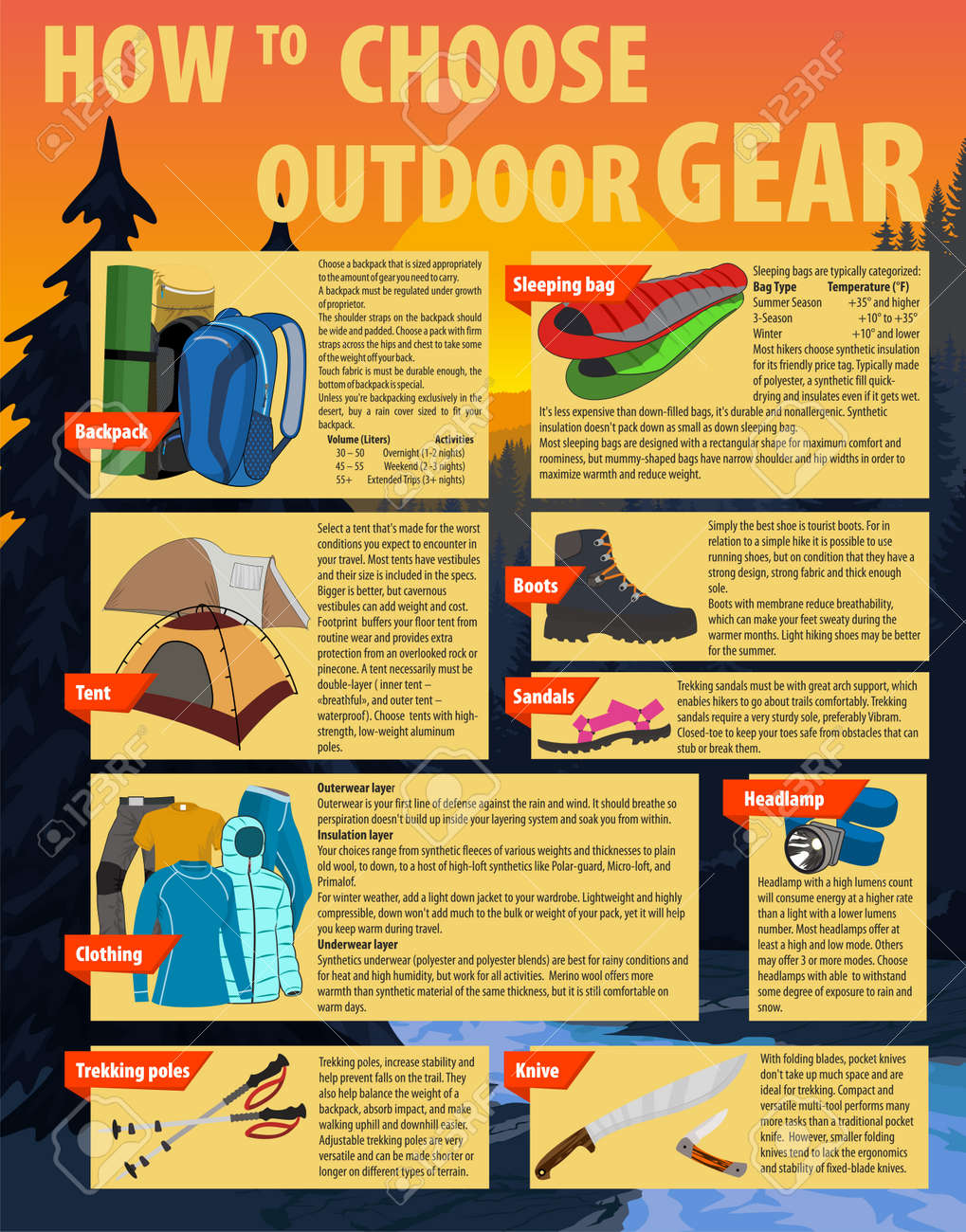Rainfall flies are an essential accessory for wall surface outdoors tents. They increase the capacity of an outdoor tents to shield campers from extreme weather conditions while supplying included convenience and sturdiness.
Normal cleaning of a rainfall fly keeps mud, mold, and debris from damaging it. Also, making certain the proper stress of a rainfly prevents it from drooping and allowing water to gather below.
Weather Condition Resistant Products
The material utilized in construction jobs can impact the longevity and sturdiness of the task. Choosing weather-resistant products helps in reducing maintenance prices and saves sources for future repair work and substitute.
Wood may not be the initial material that comes to mind when reviewing weather resistance, however it is very resilient when appropriately treated with preservatives. Cedar, redwood, and teak wood are instances of naturally rot-resistant woods made use of to make a selection of outdoor furnishings and frameworks.
High-performance canvas wall surface tents are developed to stand up to dampness and keep campers comfortable. It is necessary to clean canvas and camping tents on a regular basis to remove dirt, mud, and dirt. It is additionally essential to rinse off any type of residue from the canvas camping tent before saving it away for use. Prevent using bleach, as it damages the water-resistance therapy and makes the camping tent much more at risk to leak. Additionally, a soft brush and a hose can be utilized to completely scrub the canvas tent and rinse it off with water up until it is totally saturated.
UV Exposure
Unless a camping tent is made from UV-resistant textile, long term exposure to sunlight will certainly trigger it to weaken. This is true of all fabrics, however it's especially pronounced for camping tents and canvas structures due to just how much they're used in outdoor setups. UV radiation can cause dyes to break down, bring about a loss of shade vibrancy.
A rainfly protects wall tents from these harmful UV rays by showing them prior to they can permeate the framework and reach your skin. It is essential to pick a rainfly with a UPF rating of 50 or greater to obtain ideal UV defense.
A rainfly also assists regulate the temperature inside an outdoor tents depending on the season. A lighter rainfly can maintain tents from taking in way too much heat in the summertime, while a larger rain fly can assist protect against heat from running tent stakes away the tent during colder months. In either case, these additional layers of insulation can dramatically expand an outdoor tents's life expectancy.
Wetness Damage
Canvas outdoors tents are rather long lasting and can last 15-30 years with thorough care, but also one of the most high-performance canvas is not unsusceptible downpours. A rainfall fly or fly sheet includes a layer of protection for the roofing system of your canvas camping tent and aids prevent moisture damage.
Condensation, mold, and mildew are not just undesirable, yet they can also destroy the structural stability of your canvas outdoor tents. Protecting against these problems is not difficult, however it needs thorough treatment and attention to detail.
Make it a habit to examine your camping tent in the early morning and eliminate any type of all-natural condensation, dew, or snow that has actually gathered externally. Later, make certain to spread your tent out in an open area and use a soft brush to scrub away any mold and mildew that has developed. As soon as you have actually removed the affected areas, re-treat the camping tent with a mold killer option and wash it extensively to stop any kind of future problems.
Dampness Accumulation
While typical, condensation can harm materials if left unattended. Luckily, positive techniques like wiping surfaces and airing out tents minimize condensation' impact.
Outdoor tents textile, environment problems and use patterns contribute to condensation levels. Sailcloth, for instance, resists water vapor dissipation and has a tendency to display handmade droplets quicker than polyester or nylon options. Comprehending this difference educates how outdoor tents owners take care of condensation.
Occupant's breathed out breath and wet garments and equipment spike moisture levels. An absence of air flow techniques permits wetness to condense when cozy interior air fulfills cooler surface temperature levels. This cycle amplifies on damp evenings or when a camping tent is placed in low areas. Inspecting and wiping outdoor tents surfaces immediately after cooling urges wetness to spread before harmful textiles or developing mold and mildew. Local air flow, such as routing a fan toward joints, further aids the procedure. Acknowledging the most prone areas of a camping tent, like high ridges and edges, helps campers enhance their moisture administration regimens.
